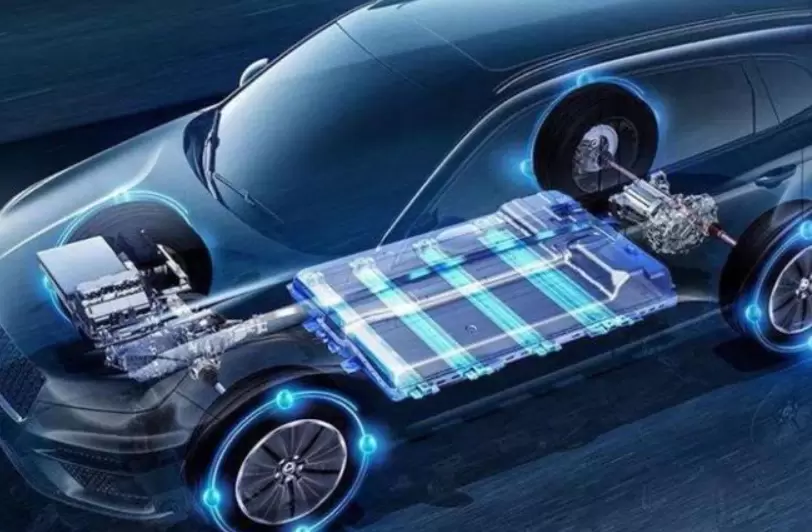Solid-state batteries are poised to revolutionize the landscape of electric vehicles, heralding a new era of efficiency and safety. The recent inauguration of the "Solid-State Battery Innovation Platform" in Beijing, January 2024, marked a pivotal moment in the industry's trajectory, drawing over 200 representatives from across sectors to this auspicious event.
This development has refocused attention on solid-state batteries, prompting speculation about their potential to render existing electric vehicles obsolete. However, such conjecture warrants a closer examination of the true implications of solid-state battery proliferation.

In tandem with the maturation of electric vehicle technology and the burgeoning presence of electric cars in the market, demands for battery safety and performance have escalated. Solid-state batteries have emerged as a promising solution to these exigencies.
Contrary to popular belief, the genesis of solid-state batteries predates current discourse. While lithium-ion battery technology gained prominence from 1970 to its market debut in 1991, the quest for enhanced range and safety propelled extensive research into solid-state alternatives. Initially employing lead sulfide for energy storage, the transition to phosphate glass as a superior electrolyte marked a turning point, catalyzing renewed interest and intensive research in solid-state battery technology.
Global endeavors, notably in Canada and the Netherlands, initially yielded modest results, with ventures like Canada's Avestor facing bankruptcy. However, substantial breakthroughs emerged from Japan and the UK, exemplified by the high-quality solid-state batteries pioneered by entities like Sakti3 and subsequent collaborations with automotive giants like BMW, significantly bolstering electric vehicle range.
Domestically, China entered the solid-state battery arena post-2020, with industry players such as NIO and Dongfeng unveiling vehicles equipped with advanced solid-state battery packs boasting remarkable endurance.
In juxtaposition with conventional liquid-electrolyte batteries, solid-state batteries exhibit discernible disparities upon the maturity of energy storage mediums.
Distinguished by disparities in electrolyte materials, solid-state batteries leverage advanced compounds like lithium-rich manganese to bolster conductivity and energy density, surpassing conventional counterparts in stability and capacity.
While liquid-electrolyte batteries boast larger interface areas, facilitating lower interface resistance, solid-state batteries offer heightened thermal stability, mitigating risks of overheating and ensuring safety. Furthermore, their lightweight construction and simplified structure augur broader applications and lower costs, positioning solid-state batteries as a compelling alternative.
Despite technological advancements, solid-state batteries remain subject to developmental constraints and application limitations, particularly in high-demand sectors like aerospace and automotive industries. However, concerted efforts are underway to address these challenges, with industry projections suggesting substantial industrialization and widespread adoption by 2030.
The impending advent of solid-state batteries heralds a paradigm shift in electric vehicle technology, poised to redefine performance benchmarks and safety standards. While speculation abounds regarding the obsolescence of conventional electric vehicles, the true litmus test lies in the scale of mass production.
As global initiatives converge to surmount technical barriers and expedite market penetration, the trajectory of solid-state batteries underscores a transformative narrative, promising a future where clean energy and automotive innovation converge seamlessly.
Sanxin New Materials Co., Ltd. specializes in the production of high-quality ceramic milling balls, nanoparticles, nanopowders, as well as wear-resistant and abrasion-resistant ceramics. With a dedicated focus on research and development, Sanxin is at the forefront of ceramic material innovation, catering to diverse industries ranging from pharmaceuticals to electronics. Their extensive portfolio of ceramic products is renowned for its exceptional durability, precision, and performance, making Sanxin a trusted partner for companies seeking advanced material solutions.

Submit your demand,
we will contact you ASAP.

Sanxin New Materials Co., Ltd. focus on producing and selling ceramic beads and parts such as grinding media, blasting beads, bearing ball, structure part, ceramic wear-resistant liners, Nanoparticles Nano Powder

